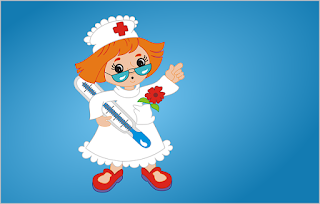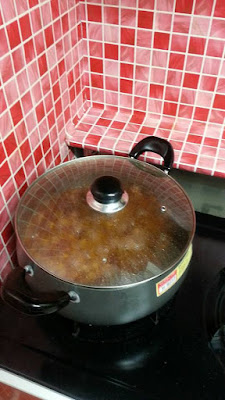 |
| Source: pixabay.com |
Fever always isn't harmful, as it is a means for the body to fighting infection. Fever may be indicated in the children by the signs of fussiness, sweating, being uncomfortable and warm.
Usually an infection is the cause of fever in children. Other causes include too high heat, extreme overactivity level, medicines, poisons and chemicals. Take the temperatures so as to be sure (in most cases, fever is indicated by a temperature of 100.4°F (38°C) ).
First Aid when your child has fever
- If the child is of school going age, do not send the child to School unless it has been at least 24 hours after fever relief.
- Make the child more comfortable by dressing him or her with light clothing to make him / her calm
- Give cool drinks and fluids to avoid dehydration.
- Don't give medicine on your own. Only give fever medicine as recommended by a pediatrician - avoid using aspirin though since it has been linked with Reye syndrome that affects liver and brain.
- You may sponge or bath the child with lukewarm water, but DON'T use cold water, ice baths or rubbing alcohol.
Call the Pediatrician when;
You should call the pediatrician on noticing the below conditions in addition to there being a fever;
- Drowsiness, child being very fussy and ill
- A stiff neck, severe pain in the ear, severe headache, severe sore throat, breathing difficulties, repeated diarrhea and vomiting, and unexplained rash conditioned
- Immune suppressing conditions - sickle cell, cancer, chronic steroid use
- Had reported seizure that has since stopped
- The kid is below 2 months old and the temperature is reaching 100.4°F (38°C) or higher
- The child was in an overheated place such as a car






